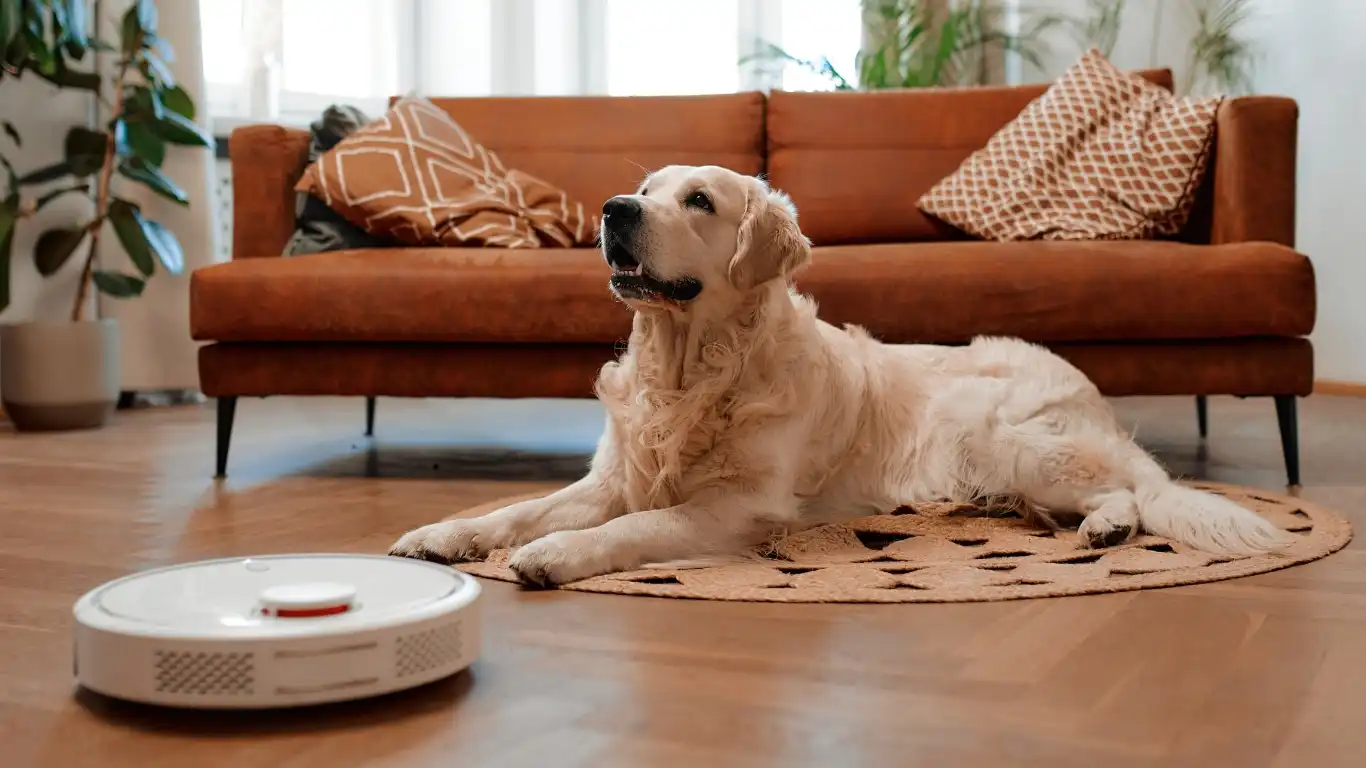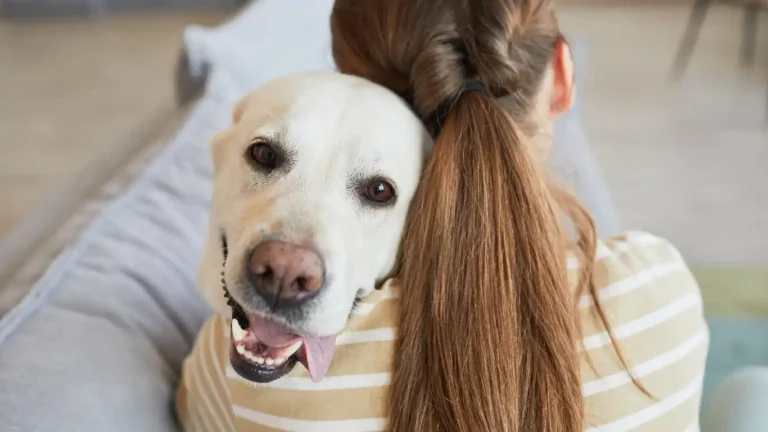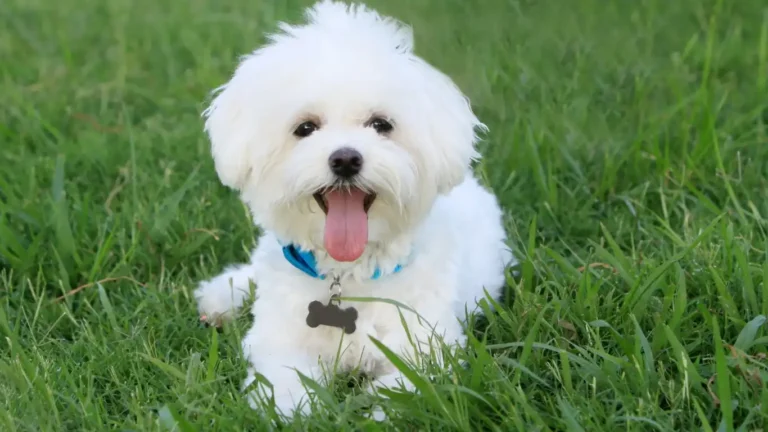Proven Tips for Managing a Hyperactive Dog Indoors Effectively
If you’re anything like me, juggling work, house chores, and a hyperactive dog bouncing off the walls can feel like a full-time job. Trust me, I’ve been there. Between working long shifts as a Veterinary Technician and specializing in pet nutrition, I’ve learned a lot about tips for managing a hyperactive dog indoors. Let’s just say, not every dog has the calm demeanor of a couch potato Lab. Some are more like furry tornadoes with unlimited energy. And when the weather’s bad or you’re just not up for another walk, finding ways to keep your pup calm indoors becomes essential—for both your sanity and theirs.
Understanding Your Dog’s Hyperactivity
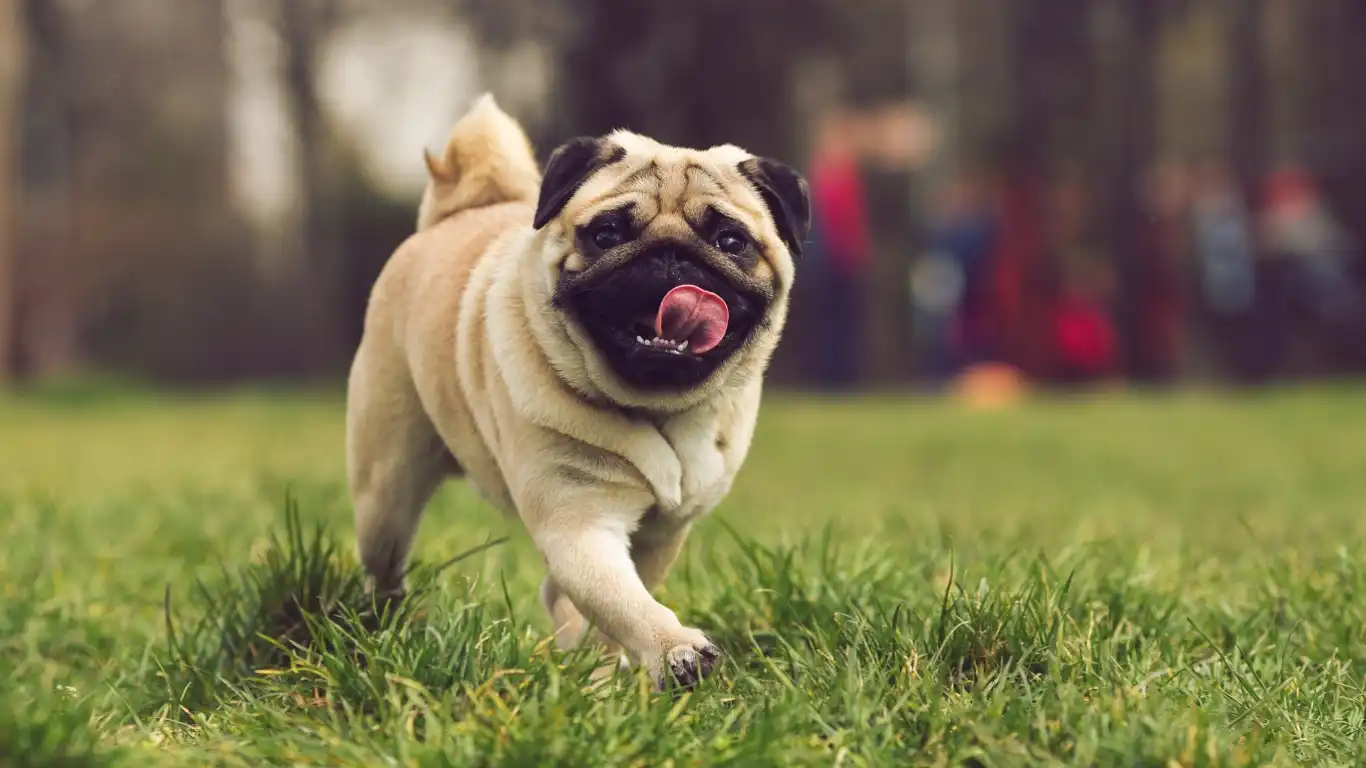
Is It Really Hyperactivity?
First, let’s clear something up. Not every energetic dog is truly hyperactive. Sometimes they’re just understimulated. I’ve had countless clients think their pup had ADHD, but really, they just needed more mental stimulation or consistent structure. If your dog is destroying shoes, furniture, or even trying to climb the walls, it’s usually a sign they’re not getting what they need to burn off steam in a productive way.
Breeds Matter—A Lot
Some breeds are naturally wired to be more energetic. I’m talking Border Collies, Jack Russells, Aussies—these guys were bred to work, not to nap all day. When I worked with a Border Collie named Jax, his owner was pulling her hair out. Turned out Jax just needed a serious job to do—even if it was “finding the hidden treats” around the house.
Top Tips for Managing a Hyperactive Dog Indoors

1. Brain Games are Gold
This is my go-to. Mental stimulation can tire a dog out even faster than a long walk. I often recommend food puzzles or DIY scent games. Hide treats around your living room and give your dog the command to “find it.” You’ll be surprised how exhausting it is for them to sniff out those snacks!
- Kong toys stuffed with peanut butter or wet food (and frozen!)
- Snuffle mats for slow feeding and mental stimulation
- DIY muffin tin game: Put treats under tennis balls in a muffin tin
2. Teach & Refresh Basic Commands
Use indoor time to practice sit, stay, down, and leave it. Sounds basic, but reinforcing these keeps your dog mentally engaged and better behaved. One of my clients turned her crazy evenings around by doing 10-minute “obedience refreshers” right before dinner time. Her Golden Retriever? Way calmer by bedtime.
3. Structured Play Sessions
Free play is great, but sometimes too much of it just amps your dog up more. Instead, try more structured play. One example? Tug-of-war with a start and stop cue. It gets energy out while also teaching impulse control.
- Set boundaries for play (start and stop commands)
- Mix in training between tosses during fetch indoors
- Use short leashed games inside if your dog gets over-aroused
4. Interactive Toys = Sanity Savers
There are some toys I swear by. Not just because they keep dogs occupied, but because they *challenge* them. Toys that require your dog to roll, twist, or paw at them to get a reward are fantastic. One dog I worked with, an Aussie named Maple, was obsessed with her treat ball. It bought her owner an hour of quiet every evening.
Create a Calm Environment
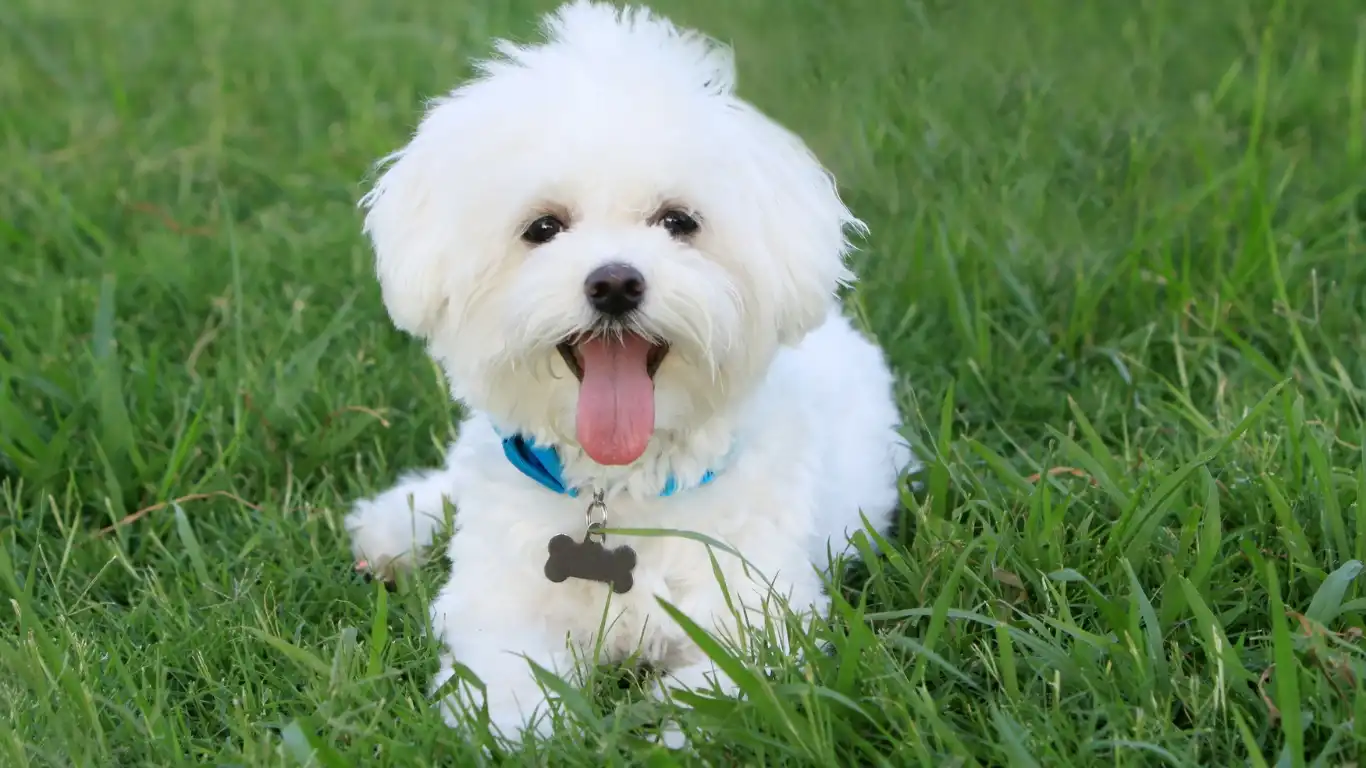
Designate a “Chill Zone”
Sometimes dogs need a break too, even if they don’t know it. I suggest creating a cozy corner where your pup can decompress. This isn’t punishment—think of it like their version of a zen den. Include:
- A comfy dog bed or crate with soft blankets
- Low lighting or white noise machine if they’re sound-sensitive
- A long-lasting chew (like a bully stick or dental bone)
Calming Scents & Sounds
Don’t laugh, but calming dog music and diffused lavender can really work. There’s even some research backing it. I used to play soft classical music in our clinic recovery area—and the difference in anxiety levels was night and day.
Daily Routines That Make a Big Difference
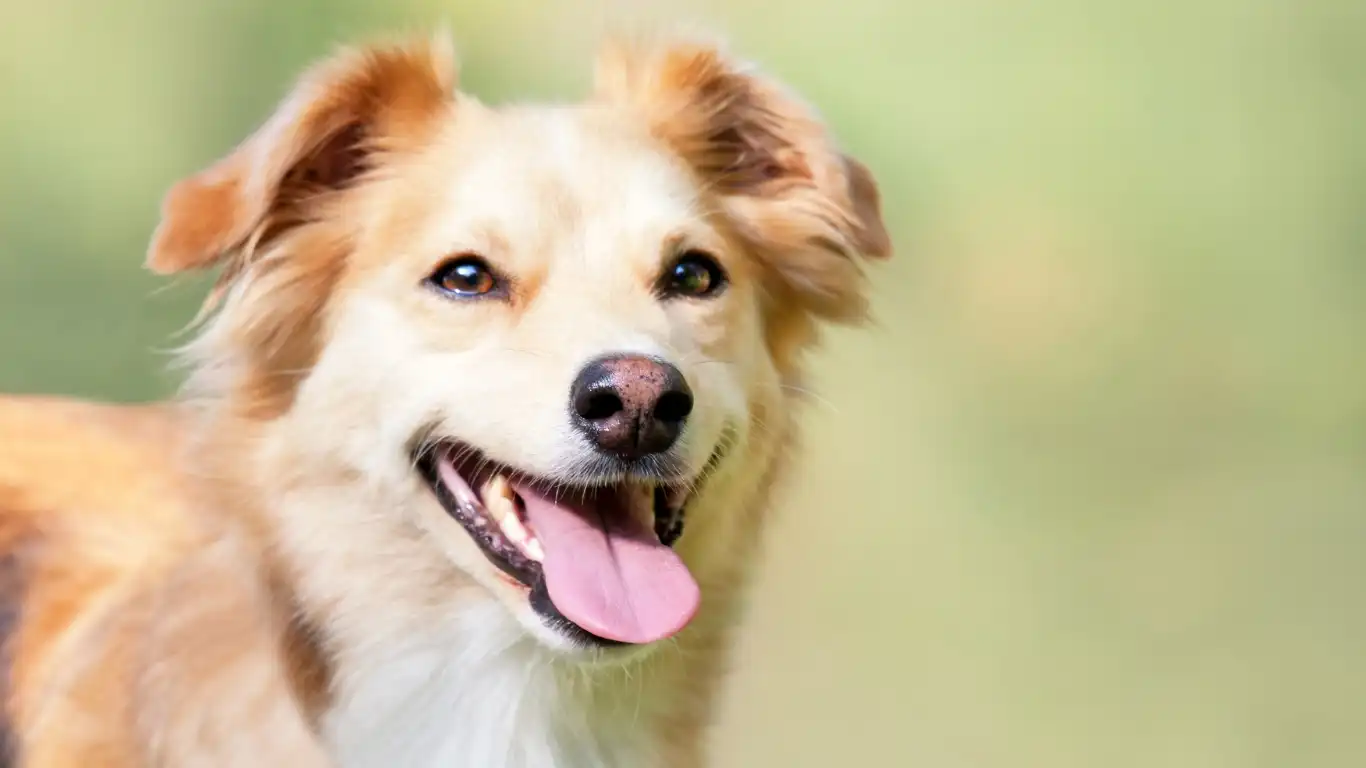
Consistency is Key
If there’s one thing I’ve seen calm even the most hyper of hounds, it’s a solid routine. Dogs thrive on knowing what to expect. Feeding, walks, playtime, and rest should happen around the same time each day. When I started structuring my dog’s day more predictably, it was like flipping a switch—less barking, fewer zoomies, and way more nap time.
I like to recommend breaking the day into a simple rhythm:
- Morning: Quick walk or fetch session + breakfast in a puzzle feeder
- Midday: Quiet time (crate, calm chews, or Kong)
- Afternoon: Short mental game or mini training session
- Evening: Interactive play or a scent game before dinner
Feeding Time = Training Opportunity
Mealtime doesn’t have to be a two-minute gobble-fest. Use it to reinforce good behavior. I’ve worked with dogs who learned “wait,” “leave it,” and “touch” all during breakfast and dinner. You’re feeding them anyway, why not make it a learning opportunity?
Exercise Isn’t Just Physical
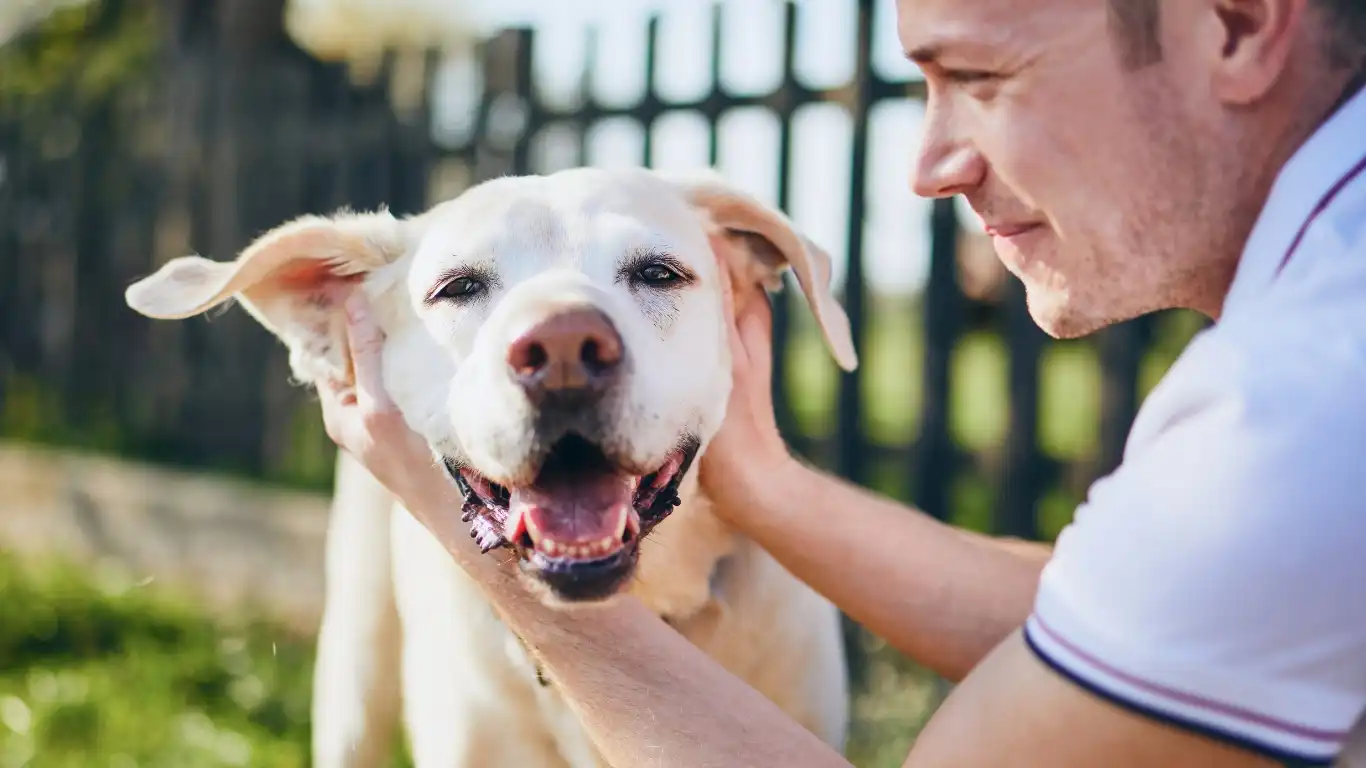
Think Beyond the Walk
I get it—sometimes you can’t get outside for a long walk, especially in bad weather or when life gets in the way. But that doesn’t mean your pup has to bounce off the walls. One of the most underrated tips for managing a hyperactive dog indoors is finding creative ways to replicate physical activity inside.
Here are a few of my tried-and-true ideas:
- Stair games: Toss a toy or treat up and down the stairs—this tires them out fast!
- Hallway fetch: A classic that still works wonders
- DIY agility: Set up chairs, broomsticks, and cushions for a makeshift agility course
I once had a client whose Labrador was a non-stop ball of energy. When she added just 10 minutes of stair fetch every morning, his destructive behaviors dropped by half. No fancy tools needed—just a ball and a flight of stairs.
Mix Movement with Commands
Here’s a pro tip: combine movement with training. Think “sit before the ball gets thrown” or “lie down after each fetch.” It’s all about focus. Not only are they moving their body, but they’re working their brain too. Double win.
Harnessing Calm Energy
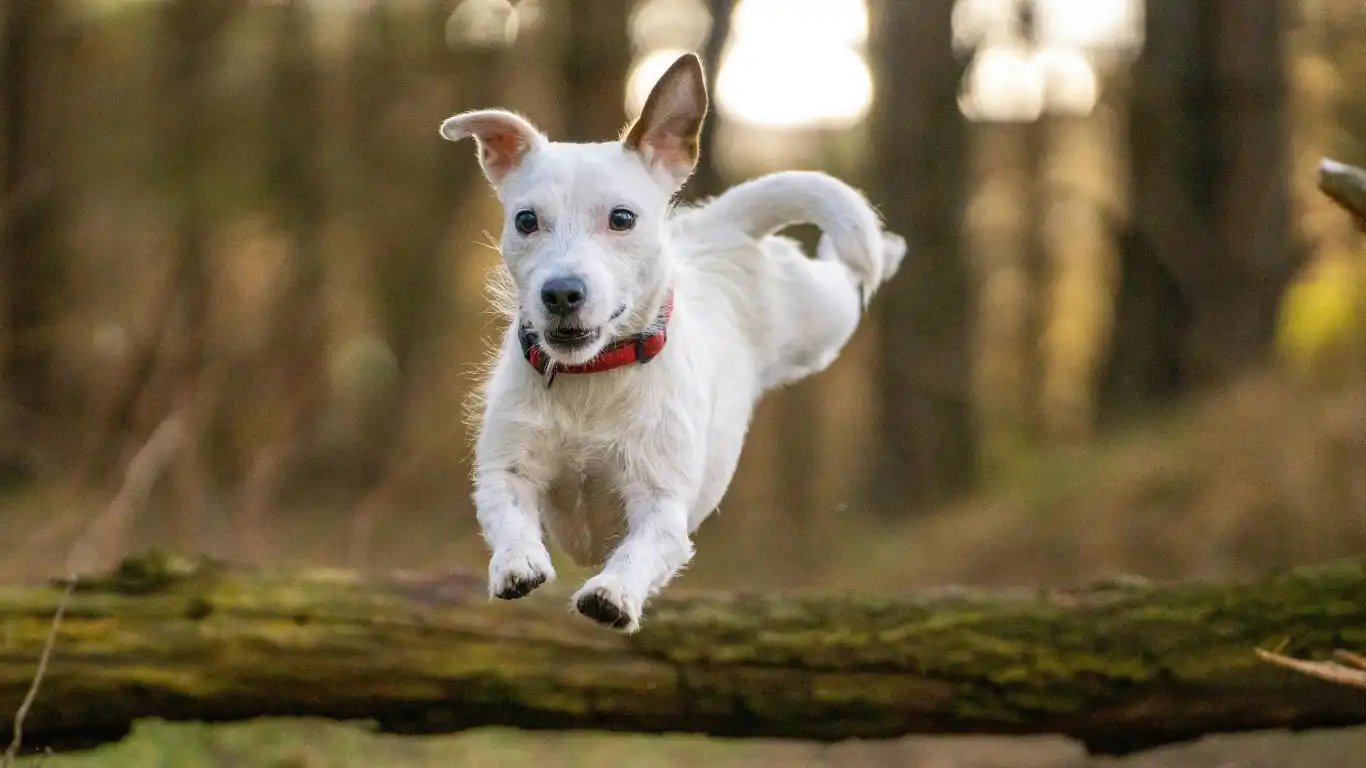
Don’t Underestimate the Power of Chewing
I’ve said it a hundred times—chewing is a natural stress-reliever for dogs. It’s like yoga for them. Long-lasting chews like bully sticks, yak chews, or even frozen carrots can help bring down energy levels, especially in the evening when your pup needs help winding down.
In my own home, frozen marrow bones are a weekend staple. Not only do they keep my dog occupied, but they’ve also been a game-changer for reducing anxious pacing at night. Just be sure to choose chews appropriate for your dog’s size and chewing style—nothing too hard that risks tooth damage.
Use “Place” Training
This one is gold. Teaching your dog to go to a specific place—like a mat or bed—on command is a total game-changer. It creates structure and gives your dog a job that promotes stillness. I worked with a German Shepherd who used to bark non-stop at guests. After just a couple weeks of place training, he’d go lie down quietly when the doorbell rang.
Here’s how to get started:
- Pick a mat or bed that stays in the same spot
- Reward your dog every time they sit or lie on it
- Add a cue like “Place” once they get the hang of it
- Start using it during dinner, Zoom calls, or when guests arrive
Incorporate Massage or Touch
This one might sound a little “woo,” but gentle massage or even brushing can help lower stress and reinforce trust. I’ve had some dogs at the clinic who were bouncing off the walls, but 5 minutes of calm touch made them noticeably less reactive. Just be mindful of body language—if they pull away, don’t push it.
Start with light strokes behind the ears or along their back and keep your voice low and relaxed. Bonus: it builds your bond and gives you a moment to breathe too.
When to Seek Professional Help

Knowing Your Limits
Managing a hyperactive dog indoors can feel overwhelming, and honestly, sometimes you just need a little extra support. From my years as a Veterinary Technician specializing in nutrition and behavior, I can tell you that recognizing when it’s time to ask for help is crucial—not a sign of failure.
If your dog’s hyperactivity is accompanied by anxiety, aggression, or destructive behavior that’s putting your pup or your household at risk, it’s wise to consult a professional. Behaviorists, trainers with positive reinforcement methods, and veterinarians can work together to tailor a plan specifically for your dog’s needs.
Medical Causes of Hyperactivity
Sometimes, there’s an underlying medical reason behind the hyperactivity. For example, certain metabolic or hormonal imbalances can cause restlessness. I once worked with a dog whose owner thought she was just “energetic,” but after a vet check, it turned out she had thyroid issues. Treating that made all the difference.
So, if your dog’s behavior feels unusual or suddenly changes, a veterinary check-up is a must. It’s always better to rule out medical causes first before focusing solely on training and enrichment.
Nutrition’s Role in Calming Hyperactivity

What I’ve Seen Work in Nutrition
One of the things I’m passionate about is how diet impacts behavior. While food alone isn’t a magic fix, feeding your dog a balanced, high-quality diet can support calmer behavior over time.
From my experience, diets rich in Omega-3 fatty acids (think fish oils) help support brain health and reduce inflammation, which can play a role in anxiety and hyperactivity. Also, avoiding excessive fillers and artificial additives can prevent spikes in energy that sometimes come with processed kibble.
Supplements Worth Considering
Over the years, I’ve recommended certain supplements to clients as part of a holistic approach. Things like:
- L-theanine and L-tryptophan: These amino acids help promote relaxation
- CBD oil: More pet owners are exploring this, but always check with your vet first
- Magnesium and B vitamins: Support nervous system function and can help with stress
Remember, supplements are just one piece of the puzzle and should never replace proper training, exercise, and mental stimulation.
Bringing It All Together: Your Personalized Game Plan
Assess, Adjust, and Adapt
The truth is, every dog is unique. What works for one might not work for another. When I create care plans with clients, I always start by observing the dog’s natural energy levels, breed tendencies, and triggers.
From there, I help design a routine combining exercise, mental challenges, nutrition, and calming techniques that fits the family’s lifestyle. This way, the plan is sustainable, realistic, and enjoyable for both dog and owner.
Patience and Progress
Changing behavior doesn’t happen overnight. It took weeks, sometimes months, to see real changes in some of the hyperactive dogs I’ve worked with. But with consistency and love, the results are worth it.
Keep celebrating the small wins—like a longer nap or fewer zoomies after dinner. And remember, you’re doing a great job just by seeking out solutions.
Additional Resources
- ASPCA – Animal Behavior Resources
- American Veterinary Medical Association
- Association of Professional Dog Trainers
- American Gastroenterological Association (Nutrition and Pet Health)
Disclaimer
The information provided in this article is based on my professional experience as a Veterinary Technician specializing in nutrition and general care, as well as current best practices in dog behavior management. However, this content is not a substitute for professional veterinary advice, diagnosis, or treatment. Always consult your veterinarian or a certified animal behaviorist before making significant changes to your dog’s health or behavior regimen.
